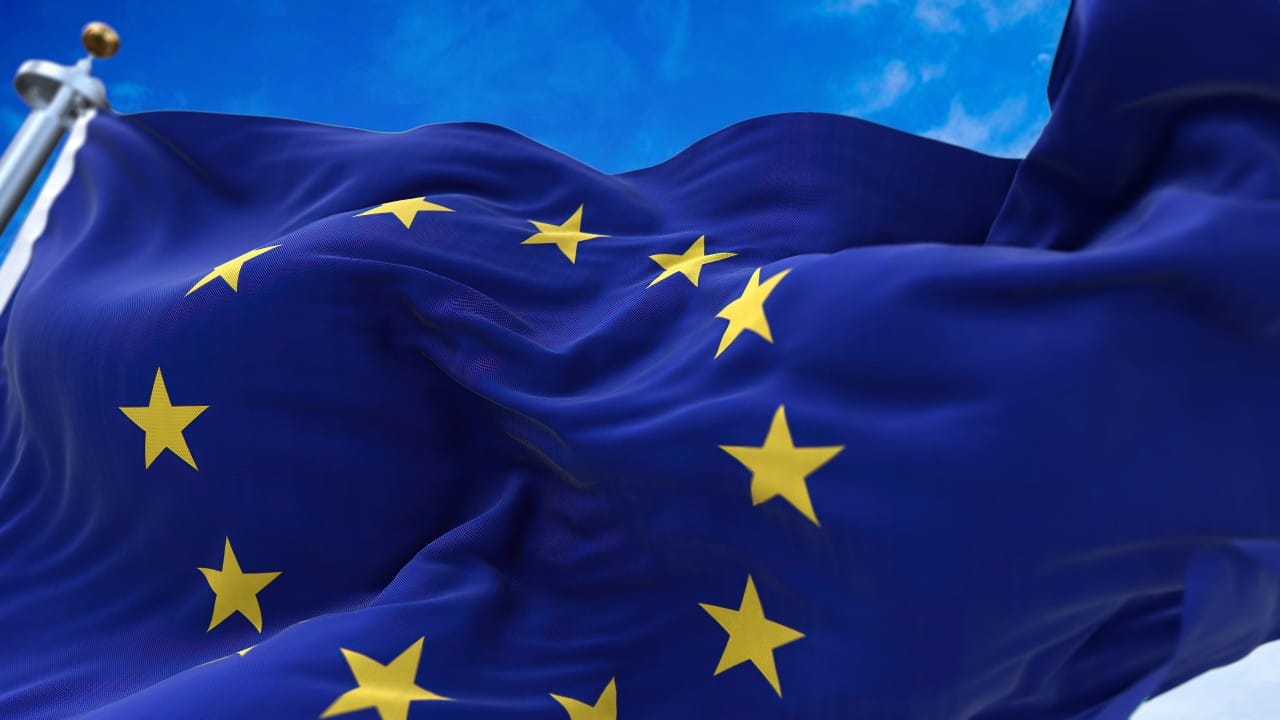When U.S.-based tech enterprises look to expand into Europe, the phrase “European Go-to-Market strategy” often gets thrown around as if it were a single roadmap. It’s not. Treating Europe as one market is the fastest way to overspend, underdeliver, and misunderstand your customer.
If you’re applying the same sales messaging in the UK as in France—or running a digital-first campaign in Germany without a local field presence—you’re not “scaling,” you’re stalling.
Let’s break down why your global playbook won’t work everywhere in Europe—and how to design country-specific GTM strategies that actually do.
The Fallacy of a Unified European Go-To-Market Plan
Yes, the European Union creates a single market in regulatory terms. But when it comes to go-to-market execution? Each country is a world of its own.
In the U.S., a centralized sales engine can address 300 million people in one language and under one legal system. In Europe, that same population is spread across 30+ countries, dozens of languages, and wildly different buyer behaviors.
Consider this: your UK team might thrive on outbound sales and self-serve demos. But try that in Germany, and you’re likely to hit a wall unless you’ve invested in local trust, language, and field relationships.
Understanding Market Maturity & Buyer Behavior Country by Country
Let’s look at a few contrasts:
Region | Buying Behavior | Channel Preference | Key GTM Challenge |
UK | Open to outbound, digital-first | LinkedIn, email, ABM | Heavy competition |
Germany (DACH) | Risk-averse, formal, trust-driven | Field, partner, referral | Language & legal barriers |
France | Centralized decisions, national pride | Language-native messaging | Hard to penetrate without local presence |
Nordics | Progressive, sustainability-conscious | Digital, consensus-based buying | ABM requires localized nuance |
Failing to map your GTM play to this reality results in slow ramp times, wasted budgets, and a misaligned funnel.
Strategic GTM Tiering: A Smarter Way to Expand
Rather than attempt to “conquer Europe,” enterprise GTM leaders should tier markets by readiness and complexity.
A Tiered GTM Entry Model
Tier | Criteria | Sample Markets | Focus |
Tier 1 | English-speaking, high SaaS maturity, low friction | UK, Ireland, Netherlands | Launch fast, test messaging |
Tier 2 | High-opportunity but higher complexity | Germany, France, Nordics | Invest in localization & sales support |
Tier 3 | Regulatory fragmentation, low maturity | Spain, Italy, CEE | Prioritize partners or long-tail strategy |
This phased model lets you build momentum in easier markets while strategically planning more complex entries.
Localizing GTM Levers by Region
Here’s how successful enterprise GTM teams adapt core elements country-by-country:
Messaging
- DACH: Emphasize data sovereignty, security, and precision.
- France: Lead with French-localized storytelling, cultural pride.
- Nordics: Sustainability, design thinking, modern architecture.
Channel Strategy
- UK: LinkedIn + programmatic ABM works well.
- Germany: Events, partners, and warm referrals.
- France: Inside sales + local events.
- Nordics: Community engagement, digital panels.
Sales Roles
- Field reps are critical in Germany and France.
- SDRs/Inside Sales work better in the UK and Nordics.
Partner Managers can extend reach in Tier 2–3 markets.
Real Example: Localizing Enterprise GTM with OnboardCRM
In a recent project, we supported a U.S.-based global agency delivering EMEA-wide B2B sales coverage for a Fortune 500 tech brand. They needed to execute across multiple European markets—each with unique challenges.
We built a localized sales infrastructure including:
- Native-language sales teams
- Market-specific messaging
- Rapid execution: ramped in just 2 weeks
- A 400% reduction in time-to-ROI
Where B2B Marketing & Sales Providers Drive GTM Success
Expanding into Europe doesn’t just require translation—it needs orchestration.
Here’s where an external partner like OnboardCRM changes the game:
- Speed: Local teams with launch readiness in weeks, not months.
- Precision: Messaging that resonates from Munich to Malmö.
- Scalability: Campaign execution and ABM deployment across Tier 1–3 markets.
Final Takeaways
- Europe is not one market—it’s a coordinated campaign across a continent.
- Don’t scale uniformly. Tier, localize, and sequence.
- Invest early in sales-marketing alignment per region.




